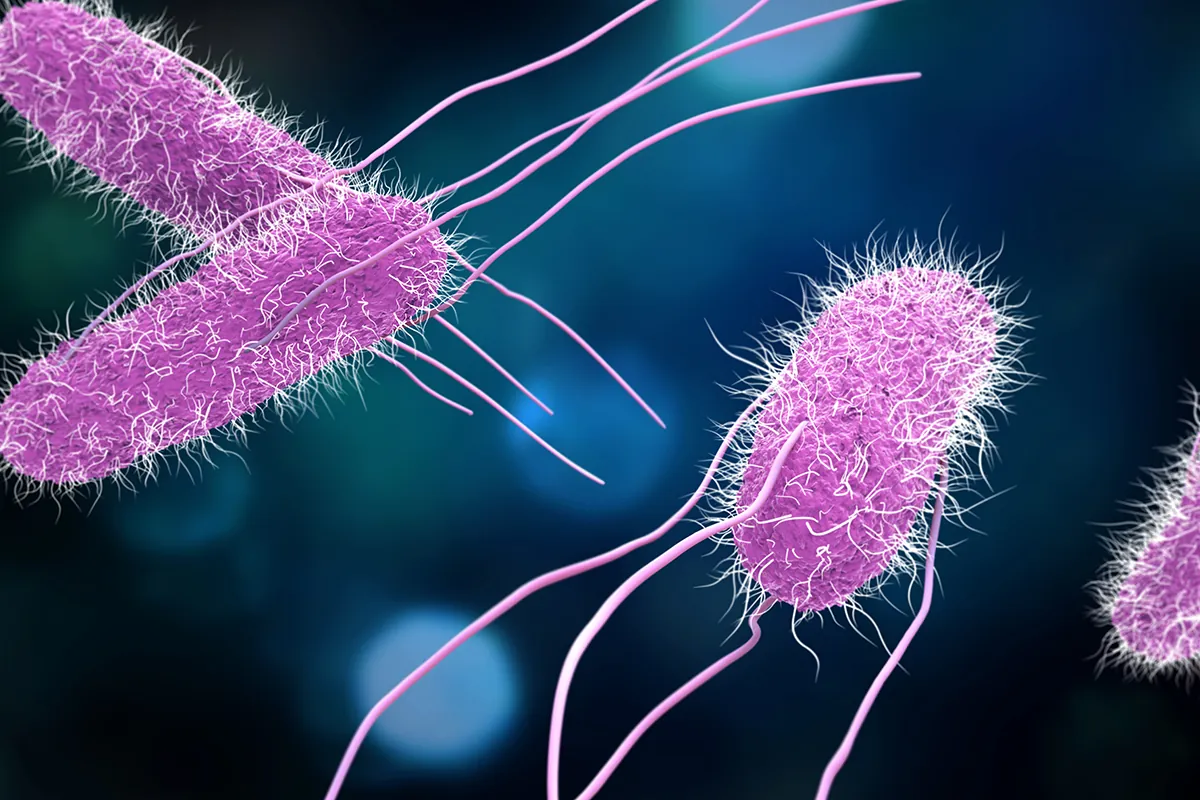Host-Pathogen Crosstalk

Pathogens and hosts are engaged in a constant evolutionary arms race. Macrophages are one of the earliest cell types that detect pathogens through cell surface-associated Toll-like receptors (TLRs) and mount an innate immune response. Inside macrophages, invading pathogens are detected by different classes of cytosolic sensors. These include the NLRs that form inflammasomes resulting in production of IL-1b, and the RIG-I like helicases that activate production of type 1 interferons. We are investigating the mechanisms by which intracellular pathogens like Salmonella and Mycobacterium adapt to the hostile innate immune microenvironment inside the macrophage. In particular, we have recently shown that Salmonella co-opts NLRC4 inflammasome activation to initially enhance production of its flagellin and promote systemic spread, and later on takes advantage of a type 1 interferon-dependent decrease in NLRC4 and host lysophospholipids to downregulate flagellin within macrophages and evade innate immune detection. Our findings provide one explanation for why people are more prone to secondary bacterial infections after enduring a primary viral infection.